Fine Arts Foundation Class
Foundation classes for 14yrs to 18yrs
Fine Art Foundation
What you will learn in class ?
Each medium will have 2-3 projects, giving you the opportunity to explore and experiment with each medium. These projects will challenge you to develop new techniques and approaches, and to create art that is both technically proficient and personally meaningful.
Throughout the program, you will also be assessed through 5 assessments, which will evaluate your progress and help you to identify areas where you can improve. These assessments are designed to be supportive and constructive, giving you the feedback you need to grow as an artist.
Communicate Your Artworks
Art Portfolio Development
Our foundation classes, we offer specialized instruction in art portfolio development. Whether you are planning to apply to art school or want to showcase your work to potential clients or collaborators, a strong portfolio is essential. Our instructors will work with you to create a portfolio that showcases your unique artistic vision and skills.
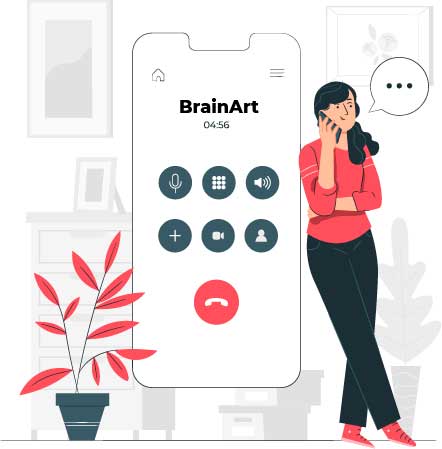
Want To Know More About Our Art Classes ?
Talk to us and explore your option to join our online and offline Art class. Our Studio is located in HSR Layout, Sector 2, Bangalore.
Would you like us to give you a call?
Kindly provide your contact information, and our team will reach out to you.
Mediums
Materials Used
Each medium will have 2-3 projects, giving you the opportunity to explore and experiment with each medium. These projects will challenge you to develop new techniques and approaches, and to create art that is both technically proficient and personally meaningful.
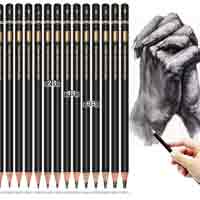
Pencil
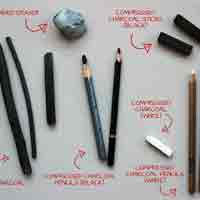
Charcoal

Acrylic & Oil
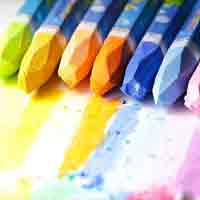
Oil & Soft pastels

Watercolor
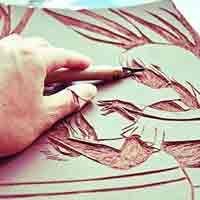
Lino

Paper Mache

Print Media

Digital Publishing

Photo Manipulation
Art Movements
Style, Philosophy During Specific Period Of Time
As part of our foundation fine arts classes, we introduce students to some of the most important modern art movements, including Impressionism, Fauvism, Cubism, Futurism, Expressionism, Dada, Surrealism, Abstract Expressionism, and Pop Art. These movements revolutionized the world of art and continue to influence contemporary artists today.

Impressionism
Impressionism was a late 19th century art movement in France. The Impressionists are famous for their vibrant painting styles and use of color.

Post-Impressionism
Post-impressionism was the name given to numerous painting styles that emerged at the close of the nineteenth century. It was not a formal movement or style.
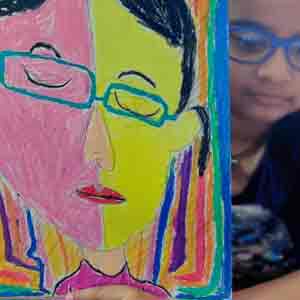
Cubism
The earliest abstract art style was Cubism. Cubist painting abandoned the tradition of perspective drawing in favor of displaying several viewpoints of a subject at once.
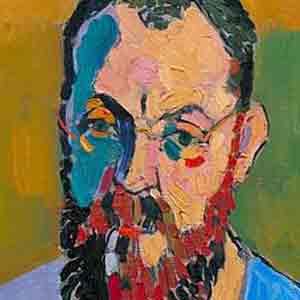
Fauvism
Fauvism is a vivid painting style pioneered by Henri Matisse and André Derain, who used vibrant colors, simplified drawing, and expressive brushwork.

Expressionism
Expressionism is an early 20th century type of art that is infused with an emotional or spiritual vision. It is a German-based artistic movement.
Impressionism, with its emphasis on capturing the fleeting effects of light and color, was a reaction against the traditional academic painting of the 19th century. Fauvism, characterized by its bold, vibrant colors and simplified forms, was a brief but influential movement that rejected the naturalistic style of Impressionism.
Cubism, pioneered by Pablo Picasso and Georges Braque, challenged the traditional concept of perspective by breaking down forms into geometric shapes. Futurism, which emerged in Italy in the early 20th century, celebrated the dynamism of the modern world and embraced technology and speed.
Expressionism, with its intense and emotional depictions of the human condition, was a response to the trauma of World War I. Dada, born out of the disillusionment with the political and social systems of the time, rejected traditional aesthetic values and embraced absurdity and anti-art.
Surrealism, founded by André Breton, explored the subconscious mind and embraced the irrational and the dreamlike. Abstract Expressionism, a movement centered in the United States in the mid-20th century, emphasized spontaneous, gestural painting and the importance of the creative process.
Pop Art, which emerged in the 1950s and 1960s, celebrated popular culture and mass media imagery and challenged the boundaries between high and low art.

Dadaism
Dadaism, often known as Dada, was a type of artistic anarchy that questioned the social, political, and cultural ideals of the day.

Surrealism
Surrealism is a twentieth-century art movement that investigated the hidden depths of the unconscious mind.

Pop Art
Pop Art was a 1960s modern art movement that incorporated imagery from mass media, mass production, and mass society.
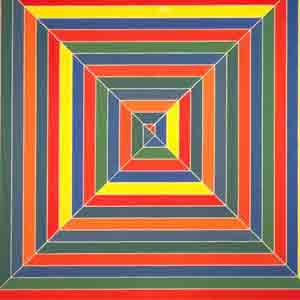
Op Art
Op Art Short for Optical Art, is a style of visual art that uses Optical illusions. Artists use shapes, colours and patterns create images that look they are moving or blurring.
Major Artist, styles and key paintings
Art History Timelines
Our Art History Timelines provide a straightforward description of the major art movements, showcasing prominent artists and paintings from each movement. Understanding a movement or artist’s place in the timeline of art history is essential to appreciating their work completely. Knowing the creative and historical environment in which a piece of modern art was produced is instructive because most contemporary art is a reaction to or development of a prior style in the timeline.
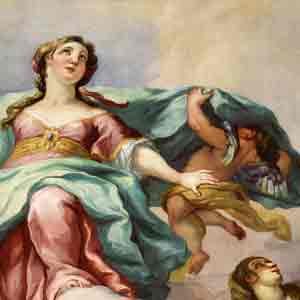
Western Art History
Byzantine Art (330-1450), Gothic Art (1150-1400), Renaissance (1400-1450), Mannerism (1520-1580, Baroque (1600-1700), Rococo (1700-1775),Romanticism (1765-1850), Realism (1840-1880) | Impressionism (1870-1890), Post Impressionism (1885-1905), Fauvism (1905-1910, Cubism (1907-1915), Futurism (1909-1914), Abstract Art (1907-), Dada (1916-1922), Surrealism (1924-1939), Pop Art (1954-1970), Op Art (1964-1970)
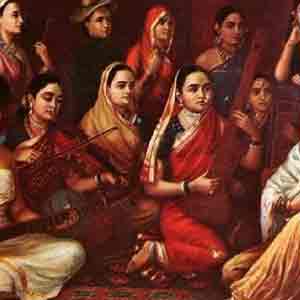
Indian Art History
The Rajasthani School Of Painting, The Pahari School Of Painting, The Mughal Painting, The Bengal School of Paintings, Modern trends in Indian Art - Jamini Roy, Amrita Sher Gil, M.F Husain

Art & Culture Around the world
Warli, Bhil, Gond Art, Madhubani Painting, Saura Art, Miniature Painting, Kalihat Paintings, Amate Bark, Huichol, Mola Art (Central America)... And more
Project & Assessment
Get course completion certificate
Each medium will have 2-3 projects, giving you the opportunity to explore and experiment with each medium. These projects will challenge you to develop new techniques and approaches, and to create art that is both technically proficient and personally meaningful.
Throughout the program, you will also be assessed through 5 assessments, which will evaluate your progress and help you to identify areas where you can improve. These assessments are designed to be supportive and constructive, giving you the feedback you need to grow as an artist.
At our art studio, we encourage our students to explore these modern art movements and discover their own unique artistic voice. Our classes are designed to be supportive and collaborative, giving you the opportunity to connect with other young artists and gain inspiration from their work.
Whether you are a beginner or an advanced artist, we have a program that is right for you. Join us today and let us help you unleash your artistic potential!